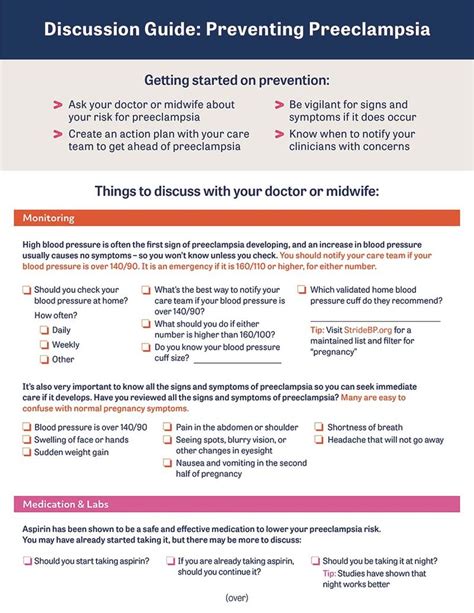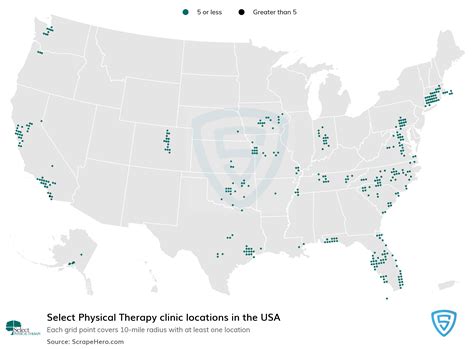Preeclampsia is a pregnancy complication characterized by high blood pressure and often accompanied by significant amounts of protein in the urine. This condition can lead to more severe complications for both the mother and the baby if not treated promptly. Understanding the symptoms, risk factors, and prevention strategies for preeclampsia is crucial for expecting mothers to ensure a healthy pregnancy.
Understanding Preeclampsia
Preeclampsia typically develops after 20 weeks of gestation, although it can occur earlier. The exact cause of preeclampsia is not well understood, but it is believed to involve the placenta and the development of high blood pressure. There are two forms of preeclampsia: mild and severe. Mild preeclampsia may not show noticeable symptoms immediately, whereas severe preeclampsia can lead to life-threatening complications.
Symptoms of Preeclampsia
Recognizing the symptoms of preeclampsia is vital for early detection and treatment. The primary symptoms include: - High Blood Pressure: This is often the first sign, although high blood pressure alone does not necessarily mean a woman has preeclampsia. - Protein in the Urine (Proteinuria): Significant amounts of protein in the urine can indicate kidney damage, a hallmark of preeclampsia. - Severe Headaches: Persistent and severe headaches that do not respond to typical headache treatments. - Vision Changes: Blurred vision, seeing spots, or sensitivity to light can be symptoms of preeclampsia. - Nausea and Vomiting: Beyond the typical morning sickness experienced in early pregnancy. - Abdominal Pain: Severe, persistent pain in the upper abdomen. - Sudden Weight Gain: More than 2 pounds in a week. - Swelling: While some swelling is normal in pregnancy, sudden or severe swelling, especially in the face, hands, or feet, can be a symptom.
Risk Factors for Preeclampsia
Certain factors can increase a woman’s risk of developing preeclampsia: - First Pregnancy: Women having their first baby are at a higher risk. - Multiple Pregnancy: Carrying twins, triplets, or more. - History of Preeclampsia: Having had preeclampsia in a previous pregnancy. - Chronic High Blood Pressure or Kidney Disease: Pre-existing conditions can increase the risk. - Obesity: Being significantly overweight. - Family History: A history of preeclampsia in the family. - Age Over 35: Advanced maternal age is a risk factor.
Prevention Strategies
While there is no guaranteed way to prevent preeclampsia, certain steps can reduce the risk: 1. Regular Prenatal Care: Regular check-ups allow healthcare providers to monitor blood pressure and protein levels in the urine. 2. Maintaining a Healthy Weight: Reducing obesity can decrease the risk. 3. Balanced Diet: Eating foods rich in calcium and antioxidants may help reduce the risk. 4. Physical Activity: Regular, moderate exercise under the guidance of a healthcare provider. 5. Managing Pre-existing Conditions: Keeping chronic conditions, such as high blood pressure, under control.
Treatment and Management
There is no cure for preeclampsia other than delivery. The decision of when to deliver depends on the gestational age of the baby and the severity of the preeclampsia. Mild preeclampsia may be managed through close monitoring, rest, and lifestyle adjustments, but in severe cases, immediate delivery may be necessary to prevent serious complications.
Prediction and Early Detection
Recent research focuses on predictive tests that can identify women at risk before symptoms appear. These may include: - Biomarkers: Substances in the blood that indicate changes in placental function. - Ultrasound: Assessing placental and fetal well-being. - Blood Pressure Monitoring: Regular blood pressure checks throughout pregnancy.
Conclusion
Preeclampsia is a serious condition that requires attention and awareness from expecting mothers and healthcare providers alike. By understanding the symptoms, risk factors, and preventive measures, the risk of complications can be minimized. Although preeclampsia cannot be fully prevented, early detection through regular prenatal care and awareness of potential symptoms can significantly improve outcomes for both mothers and babies.
What are the primary symptoms of preeclampsia that I should look out for during my pregnancy?
+The primary symptoms include high blood pressure, protein in the urine, severe headaches, vision changes, nausea and vomiting beyond typical morning sickness, abdominal pain, sudden weight gain, and swelling, especially in the face, hands, or feet.
Is there a way to prevent preeclampsia during pregnancy?
+While there’s no guaranteed way to prevent preeclampsia, you can reduce your risk by attending regular prenatal care check-ups, maintaining a healthy weight, eating a balanced diet rich in calcium and antioxidants, engaging in moderate physical activity, and managing any pre-existing conditions like high blood pressure.
What are the risk factors that increase my likelihood of developing preeclampsia?
+Risk factors include being in your first pregnancy, having a multiple pregnancy, a history of preeclampsia, chronic high blood pressure or kidney disease, obesity, a family history of preeclampsia, and being over 35 years old.


